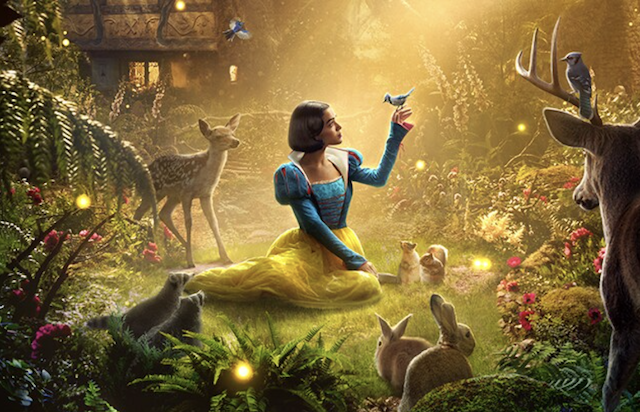
Cinderella, Snow White, Sleeping Beauty’. We all know Disney, but are we really aware of just how powerful the corporation is?
Across the creative industries, we’ve seen how successful artistic productions have inspired and influenced the creation of modern art: Book-to-film adaptations, abstract art pieces inspired by film, as well as TV. Disney Studios is just one example of how successful classics have paved the way for many live-action remakes and interpretations of its films.
For those who are reading unaware of Disney’s history, Walter Elias Disney created the company during the 1920s, starting as a eight-year-old taking art classes, becoming one of the most well-known commercial illustrators, and a pioneer of the American animation industry.
However, since Disney’s creation, we’ve seen the animation industry change over time and again, influenced by the expansion of technology. This has paved the way for new forms of animation style, moving from a period of highly expressive animation using self-drawn illustrations to a complete shift from 2D to 3D. Disney’s adaptation of using CGI, steering away from their well-known traditional animation, saw a huge jump in their ratings.
I suppose this raises a question as to how the company has prioritised earning money, as its switch in animation styles is largely influenced by how much money the company had to spend, as well as the time to produce these classic Disney films. Many articles circulating the media regard Disney’s production of live-action remakes as money-making opportunities, where they are ultimately relying on selling tickets due to nostalgia. This has worked to a great extent for them as the Box Office sales reflect this.
However now with numerous live-action remakes created, due to Disney’s earlier produced animated films, it’s interesting to note how these modern films have earned Disney more money as a result, than their original classics.
Although the Box Office sales worldwide reflect the success of Disney’s live-action remakes, many critics and people who would have watched Disney films during their production of animation through illustrations, believe the live-action films lack the spark which the classics had, yet the Box Office sales showcase many of the live-action remakes outearning their preceding films.
Take a look at ‘Beauty and the Beast’ for instance, the 1991 film earned Disney over $400 million, whereas the 2017 live-action remake shows Disney earning over a billion. Another example is The Little Mermaid [1989] which produced $211 million, compared to the live-action remake [2023] reaching $569 million.
Now not all of the live-action films were a hit Mulan [2021] produced $69 million, however, a lot of them have far exceeded the Box Office sales compared to the classics, with Aladdin [2019] also reaching over a billion. Many inspired films have also soared in the Box Office sales, with Disney’s Maleficent [2014] and Cruella [2021]
As well as this, Disney wants to stay relevant within the media, and live-action remakes tend to bring a lot of attention to the company, with the anticipation of their release. For instance, Snow White and the Seven Dwarfs was first released as an illustrated animated film in 1937, and now, nearly a century later we are expecting a live-action film to hit the cinemas in 2025.
So why do the live-action remakes make so much money? For the most part, nostalgia comes into play, where the public is excited to see the live-action remakes as they hope it will live up to their expectations of the original. As well as this, Disney Studios has been around for over a century now, marking its 100th anniversary just last year in 2023, it has become a high-grossing company that has built an honourable reputation for itself.
Disney’s production of live-action remakes won’t be coming to a halt anytime soon, and with the release of ‘Snow White’ in 2025, it will be interesting to see how the film is reviewed by the media, and what the public’s perception of it will be.



